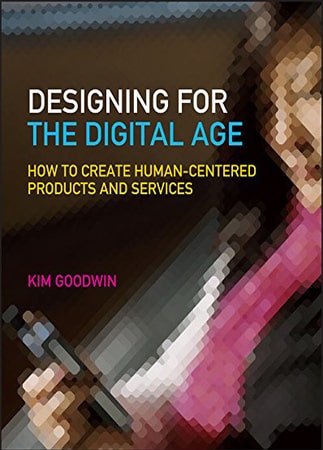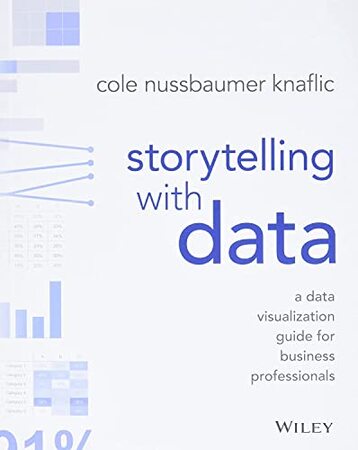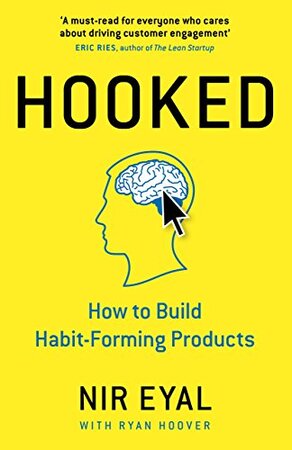
Designing for the Digital Age
Designing for the Digital Age by Kim Goodwin is a comprehensive guide to designing digital products that are effective, user-friendly, and visually appealing. The book is aimed at designers, developers, project managers, and anyone involved in the creation of digital products. It covers a range of topics from user research to interaction design, from visual design to usability testing.
The book is divided into three parts. Part One, Understanding the Context, focuses on the context in which digital products are created. It covers topics such as user research, user needs, business goals, and project management. The author emphasizes the importance of understanding the needs of users and stakeholders before embarking on any design project. She also stresses the importance of setting clear goals and objectives for the project.
Part Two, Designing the Product, delves into the design process itself. It covers topics such as interaction design, information architecture, visual design, and prototyping. The author stresses the importance of designing for the user and ensuring that the product is easy to use, aesthetically pleasing, and functional. She also covers best practices for creating effective user interfaces, including the use of patterns, consistency, and affordances.
Part Three, Making It Happen, focuses on the implementation and testing of the product. It covers topics such as usability testing, accessibility, and internationalization. The author emphasizes the importance of testing the product with real users to ensure that it is effective and user-friendly. She also stresses the importance of considering the needs of users with disabilities and those from different cultural backgrounds.
Throughout the book, the author provides numerous examples of successful digital products and case studies of design projects. She also includes practical tips and advice for designers and project managers. For example, she recommends creating a design brief that outlines the goals, audience, and scope of the project. She also provides a checklist of things to consider when designing digital products, such as accessibility, usability, and performance.
One of the strengths of this book is its focus on the user. The author emphasizes the importance of designing for the user and ensuring that the product meets their needs. She also stresses the importance of user research and testing to ensure that the product is effective. Another strength of the book is its comprehensive coverage of the design process, from research to implementation. This makes it a valuable resource for anyone involved in digital product design.
However, one potential weakness of the book is its length and level of detail. At over 700 pages, the book is quite dense and can be overwhelming for some readers. Additionally, some of the information may be more relevant to larger organizations with dedicated design teams, rather than smaller companies or individual designers.













